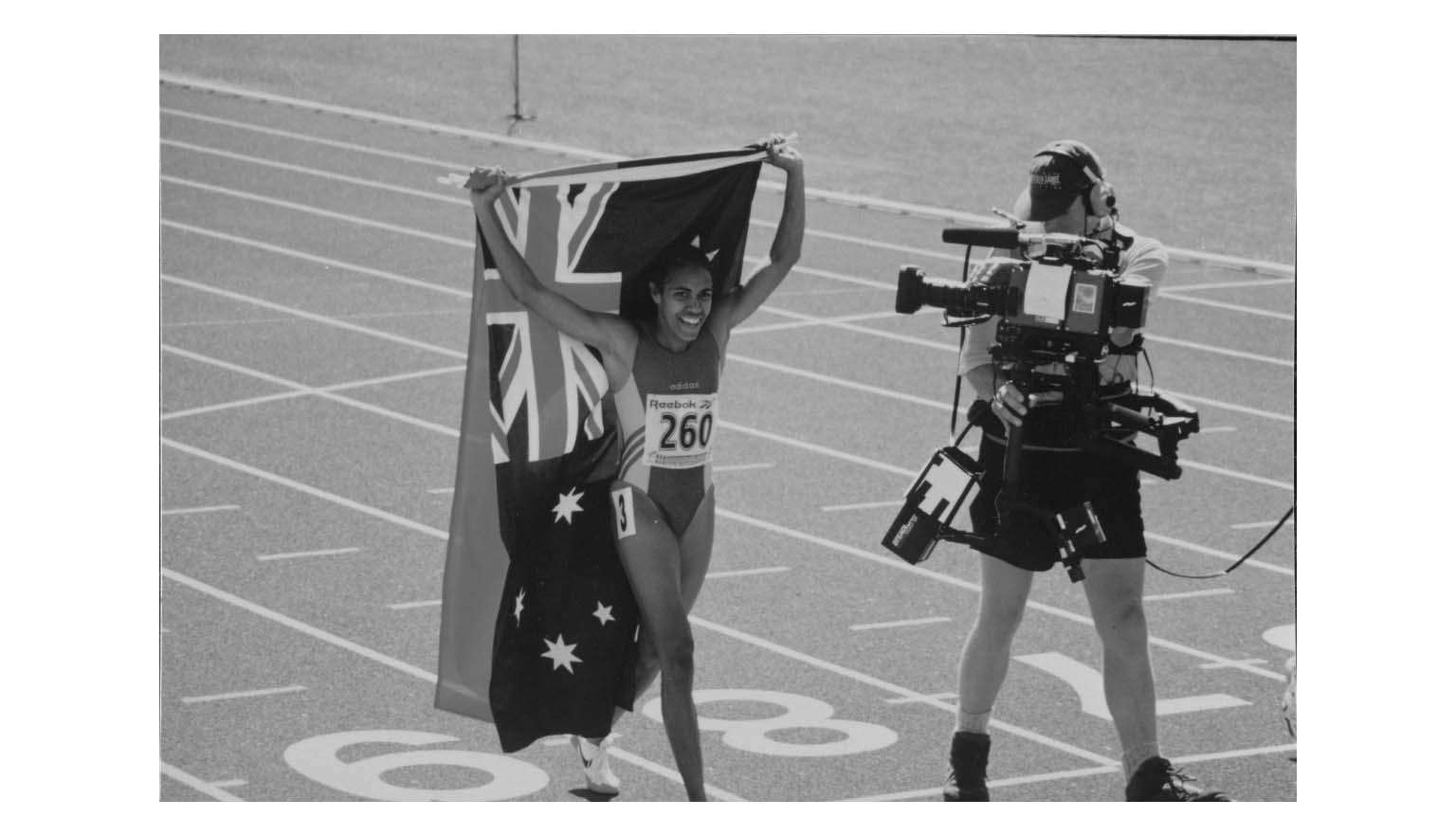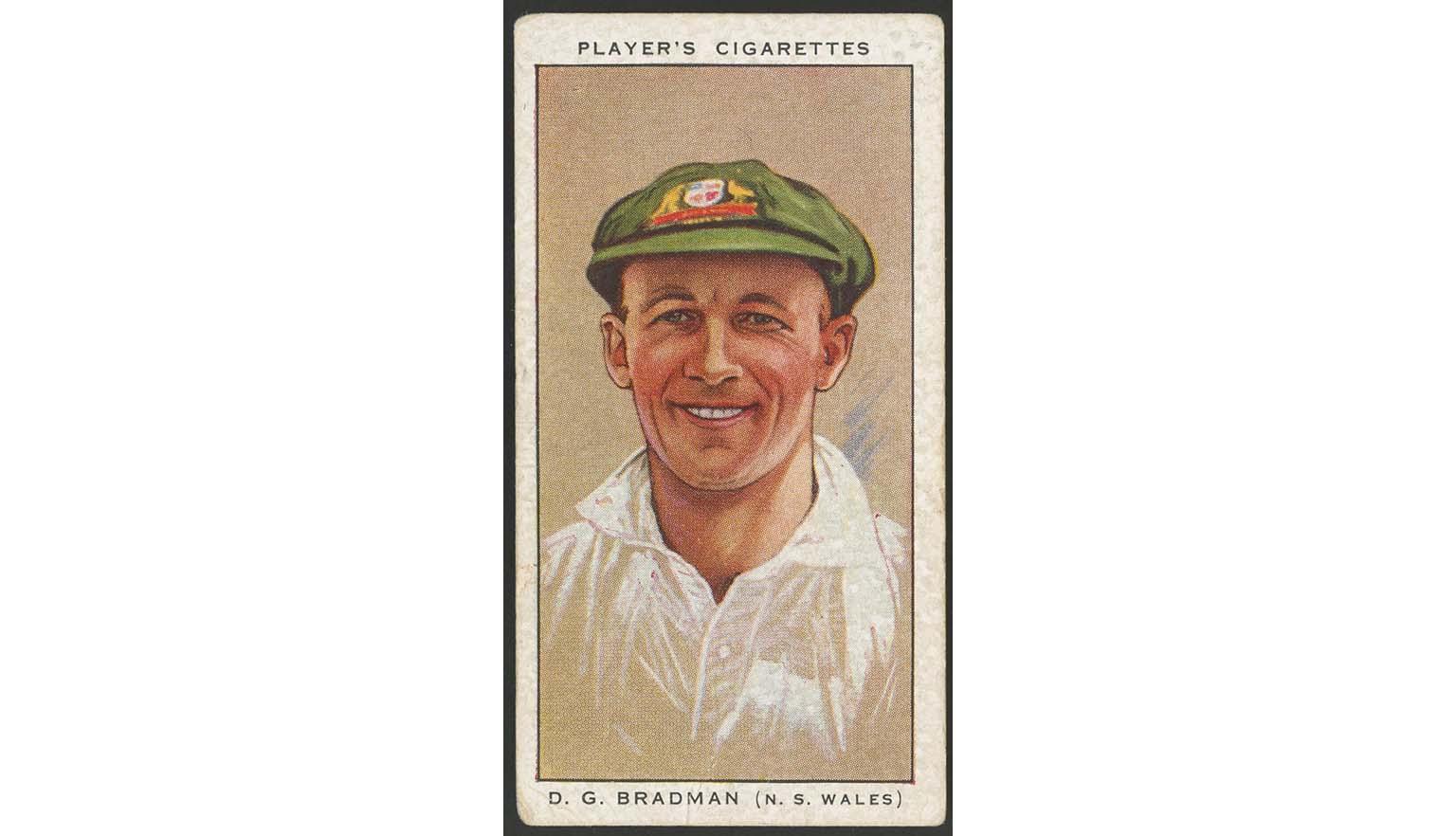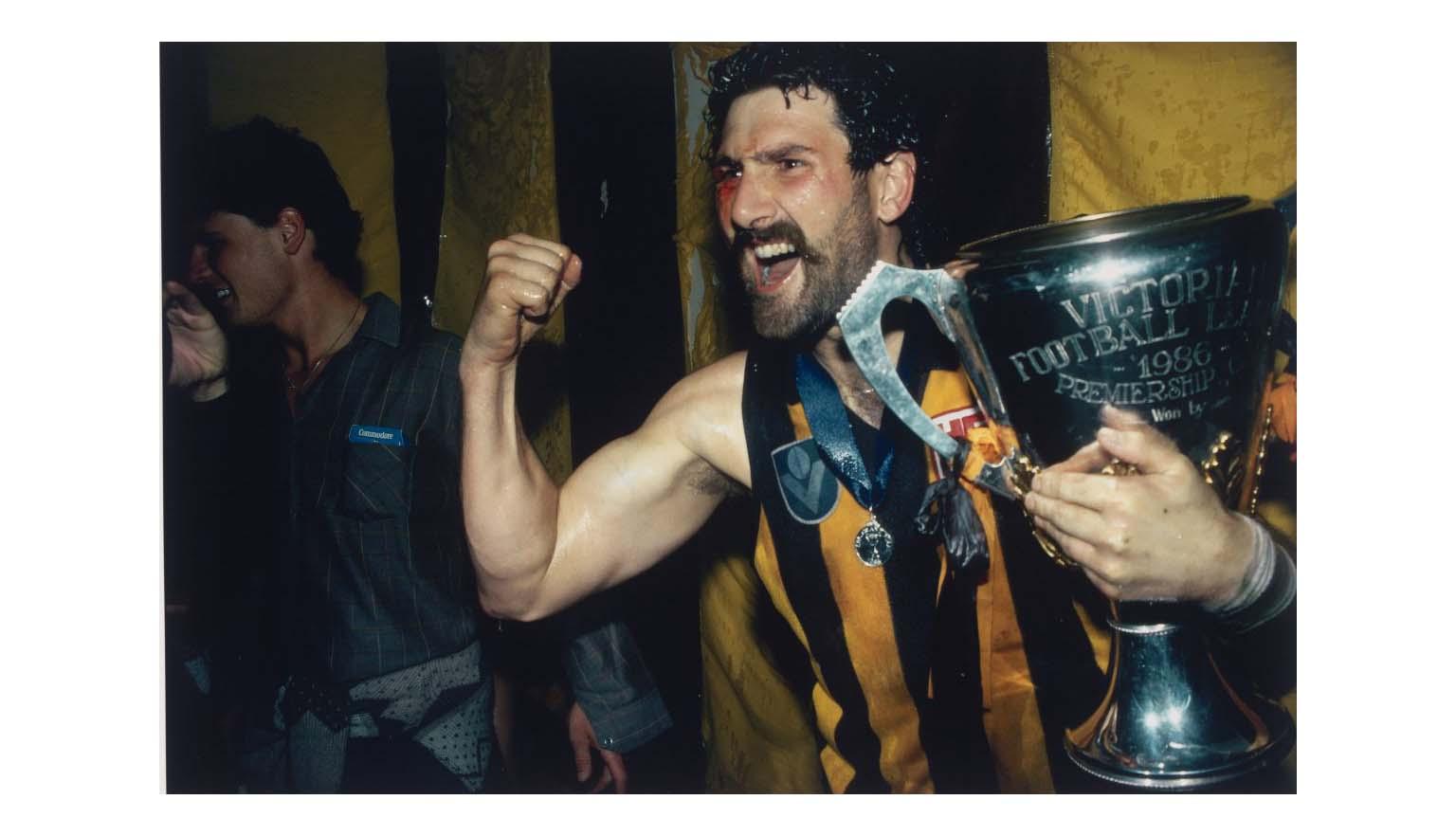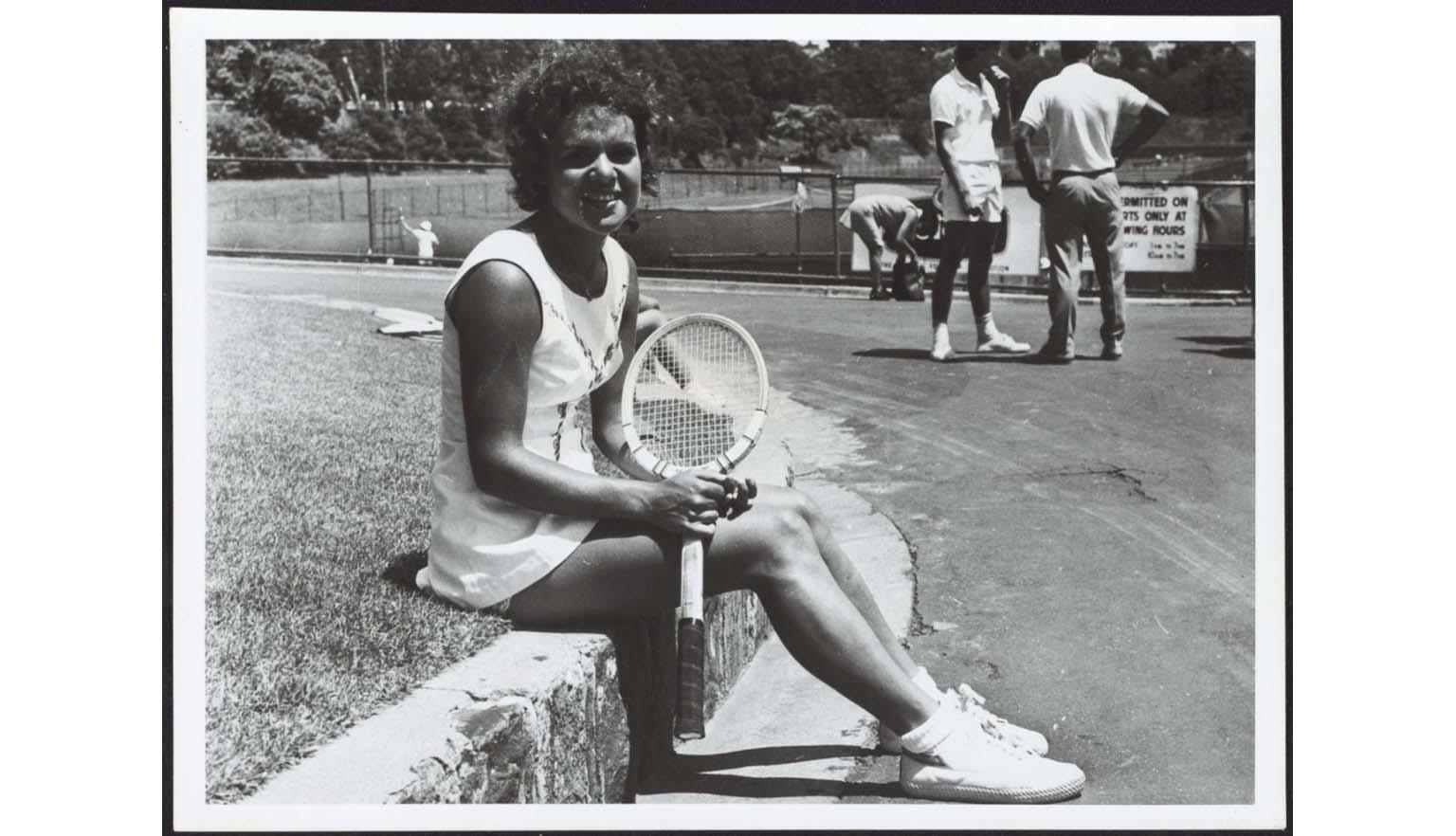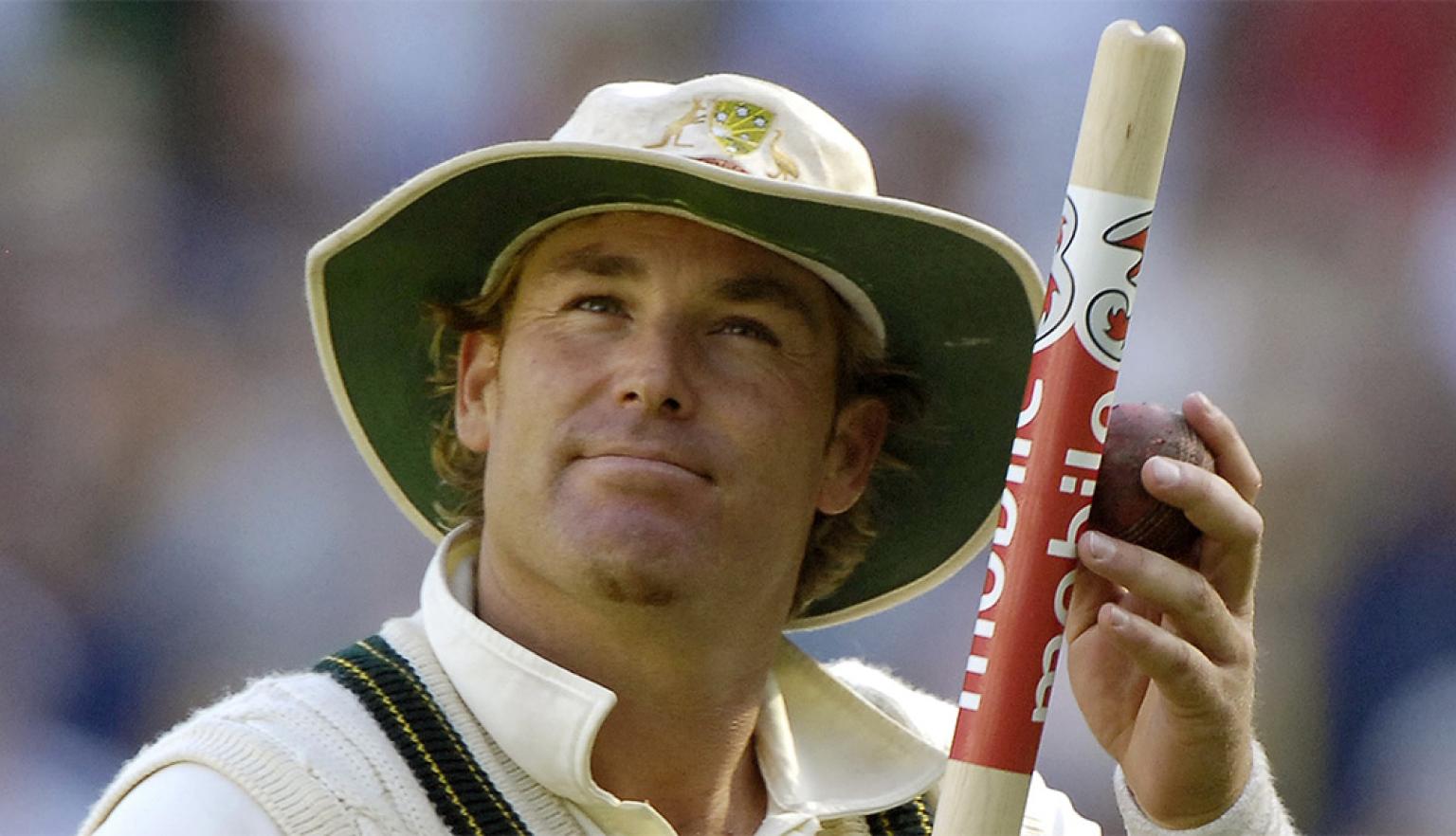Sporting heroes
Australians have erected museums and statues to their sporting heroes and the media perpetuate this passion through constant coverage, transforming athletes into household names.
Once these individuals are propelled into the public awareness, they take on a new role in society. They are not only sports people; they become viewed as ‘sporting heroes’. Along with this title comes a responsibility for them to act as role models for both peers and fans alike.
Often, people like Sir Donald Bradman become the face of their sport - the person with whom their sport is identified. Increased media scrutiny follows. Not only do sporting role models have to perform exceptionally well in their chosen field, but they are also expected to be virtuous in their private lives, so as to not damage the reputation of the sport.
Sport is viewed as an integral part of the Australian social fabric and it can be argued that sport - how we play it and how we watch it - reveals the Australian character.
According to a study by the Australian Sports Commission, 17 million Australians participated in a sport between October 2015 and September 2016.
Even when not playing, Australians are saturated with sporting coverage. The back page of newspapers covers almost every sport in depth, there are dedicated sports channels and nightly news programs cover the day’s events.
The Australian media is a powerful force in the sporting culture of everyday Australian life - so much so, that many argue the media is responsible for popularising certain sporting codes, rather than reporting on already-popular codes.
Journalist Patrick Smith, who writes for The Australian newspaper, believes that tennis in Australia is dwindling in popularity. However, every January thousands of Australians watch the Australian Open on Channel 7. He writes:
"The Australian Open remains sustained only by a media that frets about what can fill its pages, what to kick off the TV sports news … If the AFL and Rugby League seasons could spread deeper into summer, tennis would be played out merely on the backcourts of the media and public consciousness."
Para-athletes
In 2009, the Australian Paralympic Committee (APC) established the Australian Centre for Paralympic Studies with the aim of retaining historical, sport and business information to preserve its heritage, build its knowledge base and respond to requests for information about Paralympians and Paralympic sport.
In 2010, the APC signed an agreement with the National Library of Australia to record the oral histories of a number of the people who were responsible for the growth and success of Paralympic sport in Australia. This oral history project will underpin a broader Australian Centre for Paralympic Studies project to capture and preserve the history of Paralympic sport.
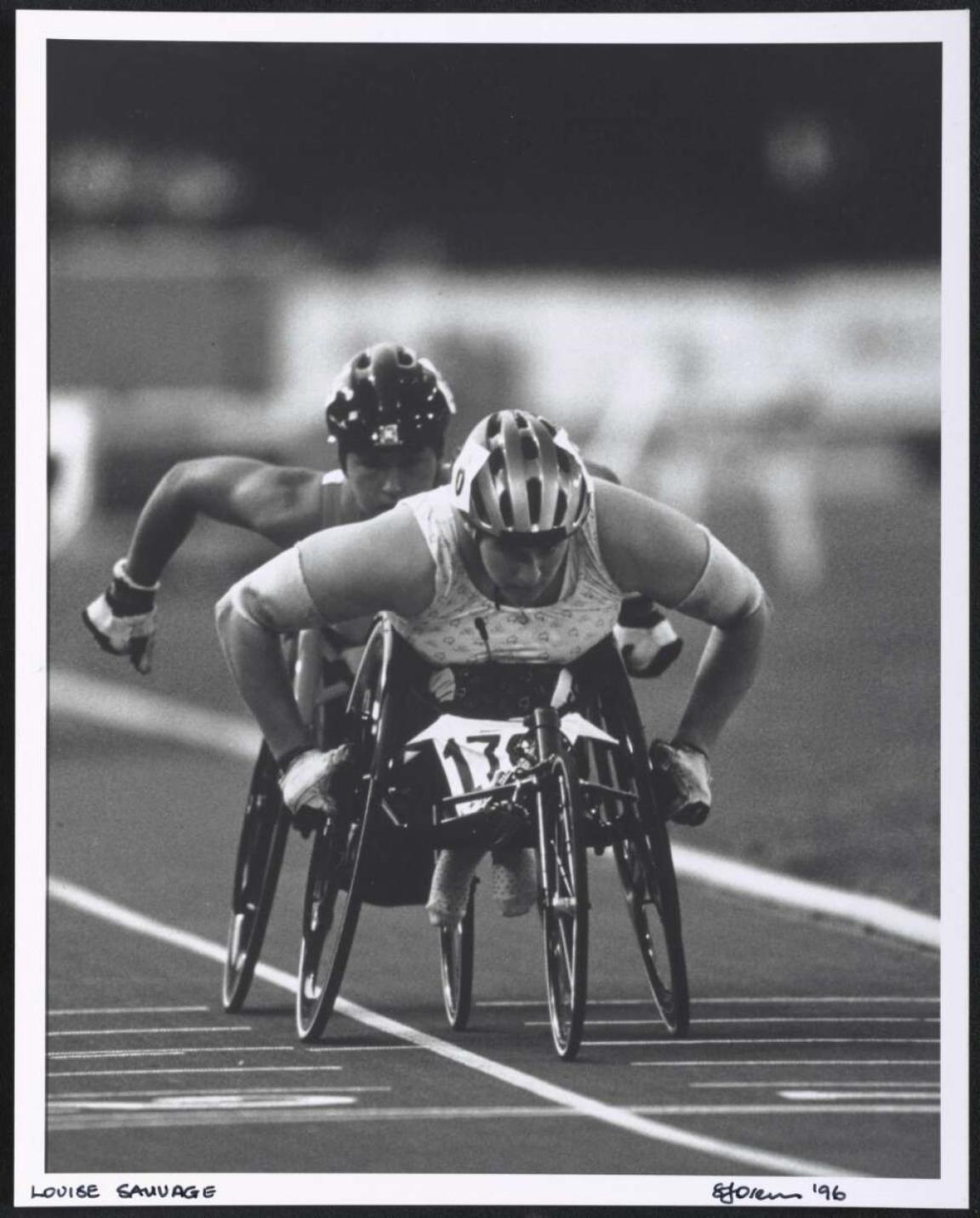
Serena Ovens, Portrait of Louise Sauvage, 1996 paralympian, nla.gov.au/nla.obj-136368441
Serena Ovens, Portrait of Louise Sauvage, 1996 paralympian, nla.gov.au/nla.obj-136368441
Learning activities
Role modelling
Sporting identities are often thrust into the role of 'hero' or 'role model' whether they like it or not. This can be a source of great stress for some. They are under public scrutiny for most of their sporting career. Consider what it is to be a 'hero':
- What is the definition of a hero?
- Is the title accurate or fair to apply to sporting personalities?
- What kind of traits or characteristics would you feel a 'sporting hero' would need to display at all times?
- Do individuals identified as 'heroes' have a right to reject the title?
- Is it important that young people have role models?
- Who else could be a role model in your/someone's life?
- How would you feel if someone told you they looked up to you and viewed you as their role model?
Identifying identities
Drawing inspiration from the gallery in this unit or using our collection, research a great Australian sporting figure.
- What did they achieve over their career?
- How did they get started?
- What challenges have they faced?
- Why did they become famous?
- How did they feel about their career/success?
- Have they remained a household name?
- Who do you consider a great sporting figure?
Present your research to the class. Discuss the concept of what it means to be a 'sporting great'.
